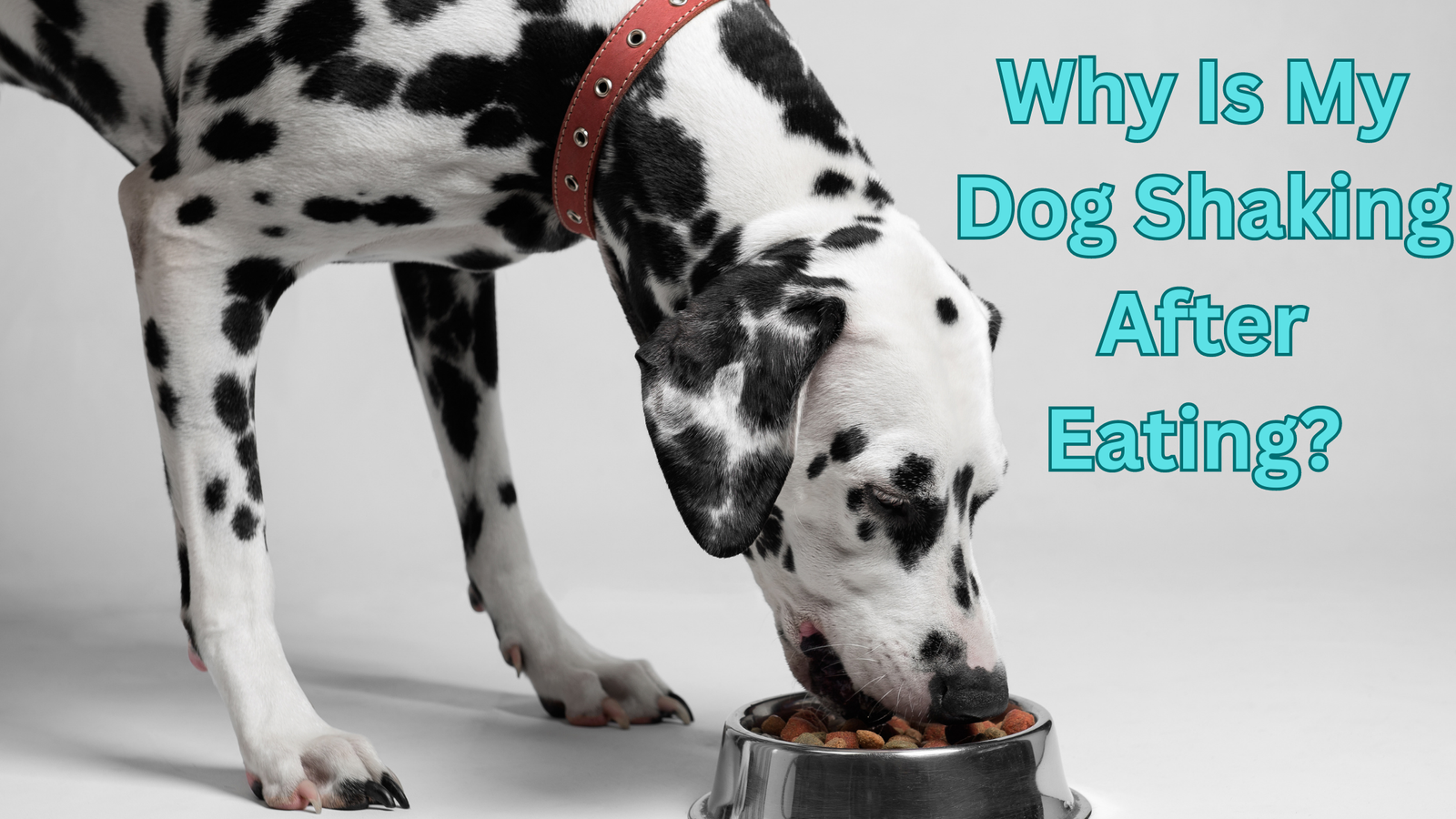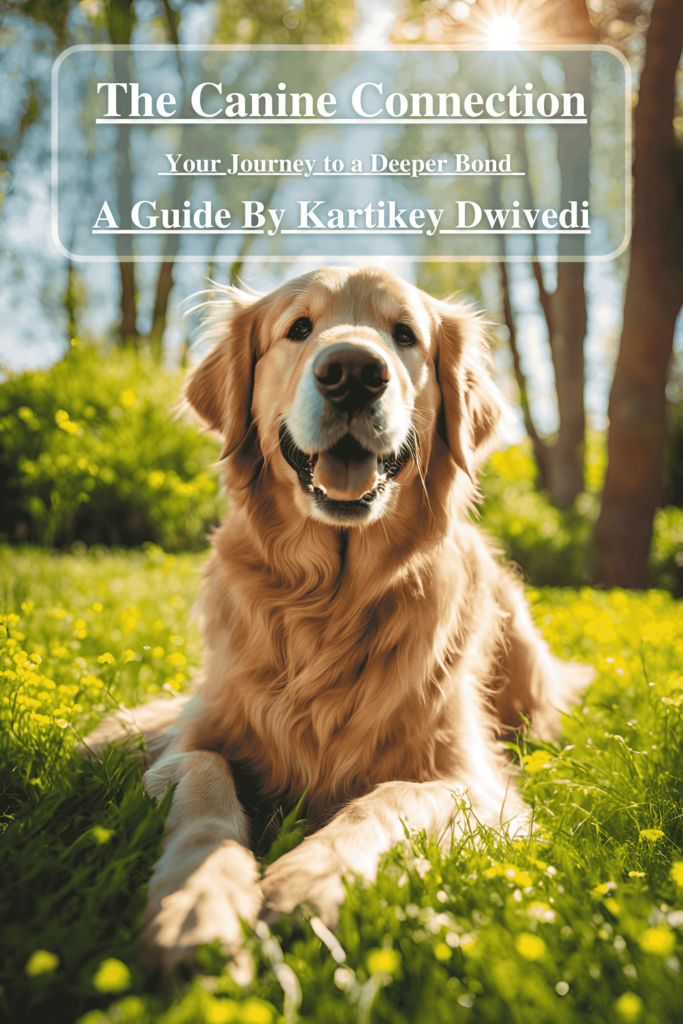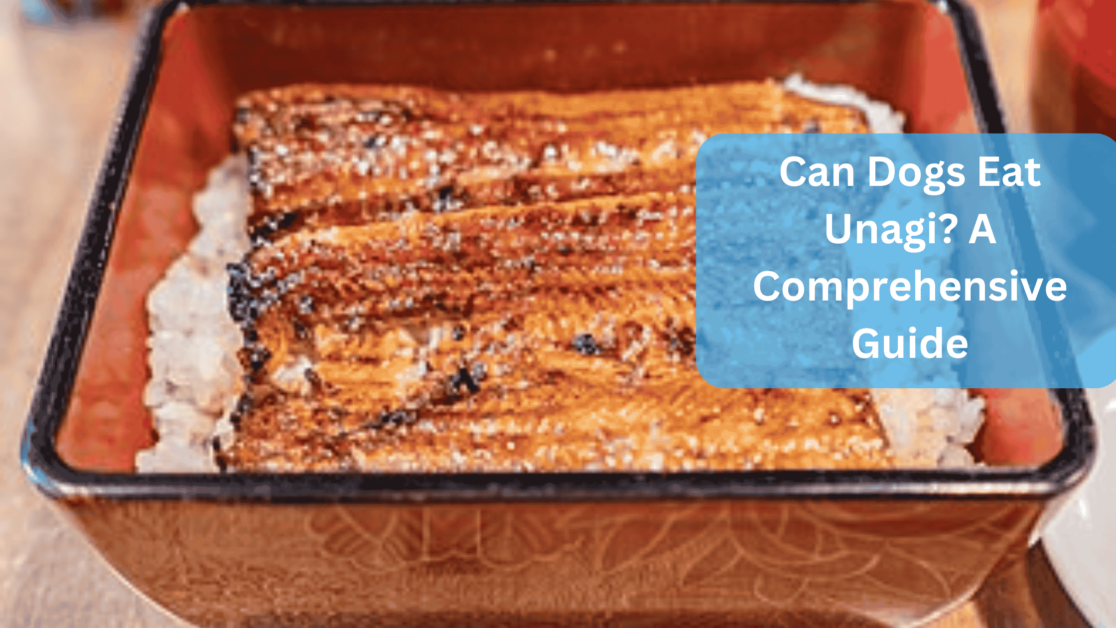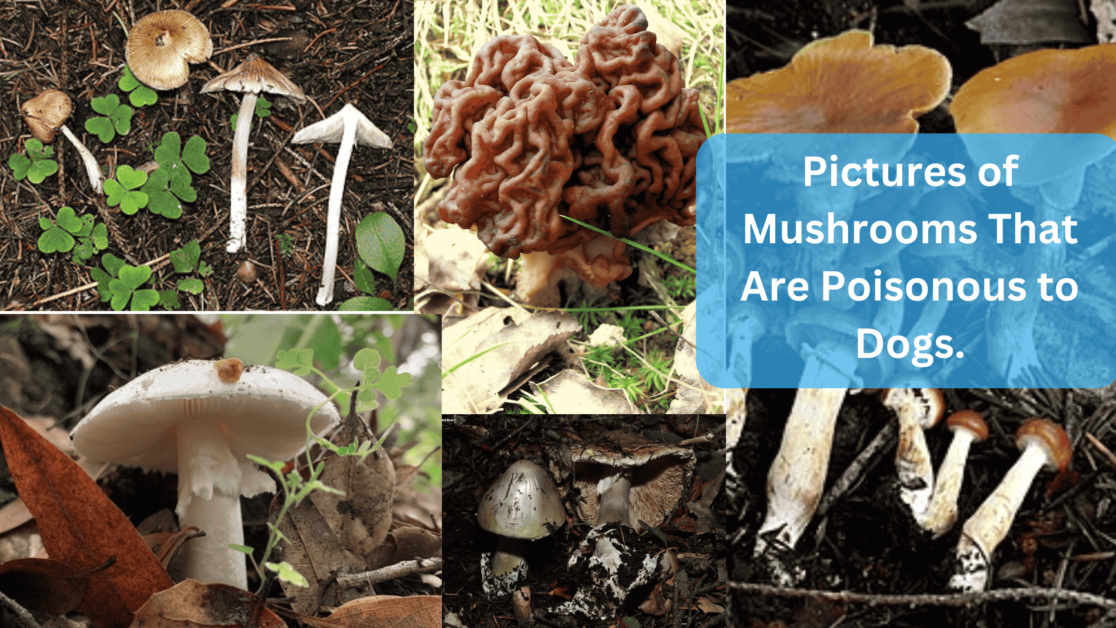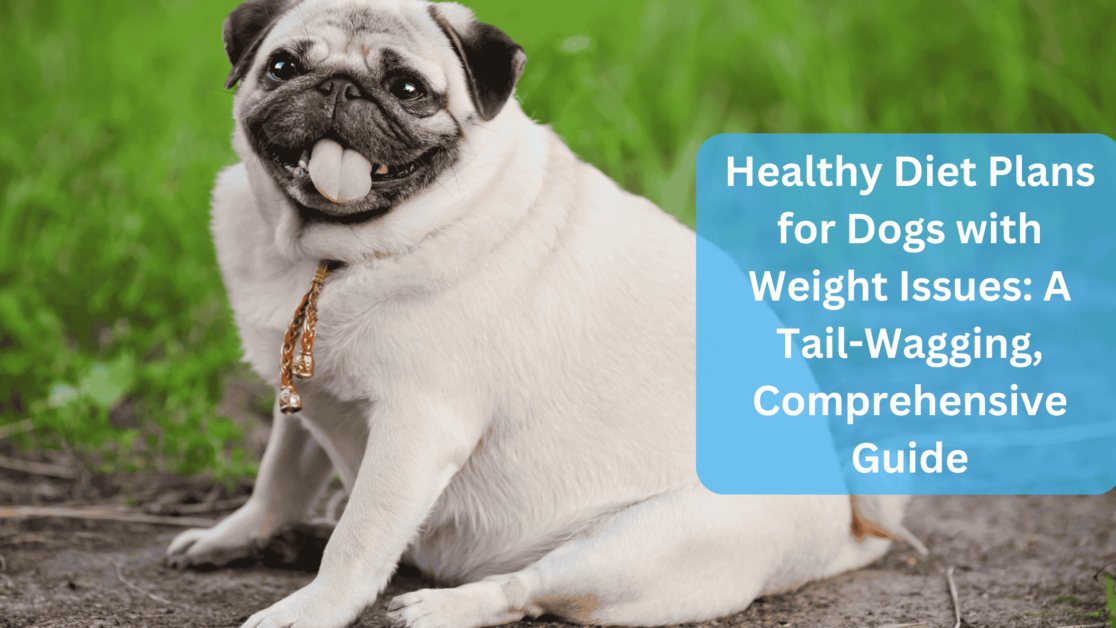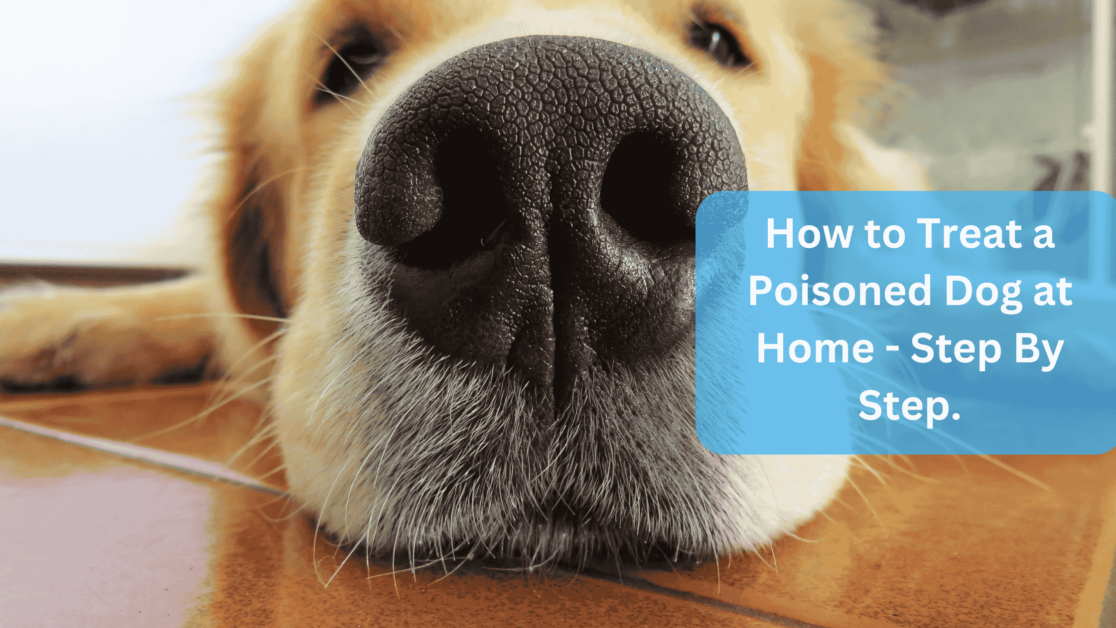Why Is My Dog Shaking After Eating? If your dog has been trembling after eating, you could be worried about its health. While trembling or shaking may sometimes be common in certain dogs, frequent shaking after meals may point to a problem that needs to be addressed. This article will examine the explanations of your dog shaking after eating and offer enlightening analyses and remedies to assist you in better comprehending and dealing with this behavior.
Why Is My Dog Shaking After Eating?
If your dog starts to shake after eating, you might be curious as to what might be the cause. Dogs may tremble after eating for a variety of causes, including medical disorders, dietary issues, and behavioral issues.
Medical Causes of Dog Shaking After Eating
After eating, your dog may start to shake, which could be a sign of an underlying medical condition. Several medical conditions might bring on this phenomenon in dogs.
Hypoglycemia (low blood sugar) and its effects on dog’s energy levels
Hypoglycemia, sometimes known as low blood sugar, is one possible reason. A dog’s blood sugar levels may surge following a meal, particularly one loaded with carbohydrates, and then decrease quickly, resulting in hypoglycemia.
The dog may get feeble and exhibit tremors or trembling as a result. Due to their size, age, and metabolism, small dog breeds, young puppies, and senior dogs may be more susceptible to hypoglycemia.
Gastrointestinal issues and their impact on digestion
Digestive problems might affect a dog’s ability to digest food, resulting in shaking after eating. Gastritis, indigestion, or an upset stomach can interfere with a dog’s digestion, causing discomfort and trembling. In addition to shaking, dogs occasionally also experience nausea, vomiting, or diarrhea.
Food allergies or sensitivities and their effects on the body
After eating, shaking in dogs can also be caused by food allergies or sensitivities. Dogs may become allergic to or sensitive to particular food components, such as grains or proteins.
Shaking, itching, hives, or other symptoms are some of the reactions that can occur. The shaking episodes can be lessened by identifying and treating potential food allergies or sensitivities through dietary modifications or consulting a veterinarian.
It’s crucial to see a veterinarian for an accurate diagnosis and treatment if you notice that your dog shakes after eating.
Certain medical procedures, dietary changes, or medications may be necessary to treat issues that can cause shaking after eating to manage the underlying problem and relieve your furry friend.
Dietary Factors That May Contribute to Dog Shaking After Eating
Your dog’s nutrition is very important to its general health and well-being. After eating, some dietary components may contribute to dogs shaking.
Rapid eating or food gulping and its effects on digestion
Dogs’ digestion can be impacted by eating quickly or gulping down food. Dogs who eat too quickly risk swallowing a lot of air with their food, which increases gas and causes bloating in the stomach.
After eating, this may result in shaking or tremors and cause discomfort.
Additionally, eating quickly can result in inadequate meal chewing, impacting the digestive process. Large food portions may be hard to digest, resulting in gastrointestinal problems like indigestion, constipation, or diarrhea.
After eating, this may also increase discomfort and trembling.
Rapid eating can also interfere with hormonal signals controlling hunger and digestion. Dogs who eat too quickly may not produce hormones normally responsible for indicating fullness and contentment, which can result in overeating and poor digestion.
As the body tries to process the huge amount of food consumed in a short time, this can cause discomfort and tremors.
High sugar or high carbohydrate diets and their impact on blood sugar levels
The eating of high-sugar or high-carbohydrate diets is one potential contributing factor.
A quick rise in blood sugar levels followed by a sudden drop can result from diets high in sugar or carbohydrates, resulting in hypoglycemia.
In dogs, particularly those sensitive to variations in blood sugar levels, this can present as shaking or tremors.
Food additives or preservatives
Food additives or preservatives are other dietary components that may affect dogs.
Depending on their sensitivity or allergy, some food additives or preservatives may cause an undesirable reaction in some dogs, including shaking or tremors.
It’s critical to carefully study and comprehend the ingredients in your dog’s food and steer clear of any additions or known allergens that could upset your dog.
Lack of proper nutrients or imbalanced diet and its effects on overall health
The quality and freshness of the food a dog consumes can also affect how well its digestive system functions.
To promote their general health, dogs need a balanced and nourishing diet. Giving them food that is outdated, expired, or of poor quality may create digestive problems, such as indigestion or an upset stomach, which can result in tremors or shake after eating.
It’s critical to provide your pet with a high-quality, balanced, and fresh diet that satisfies their nutritional demands to reduce potential dietary components that may lead to a dog shaking after eating.
Your dog’s diet can be appropriate and specific to its needs by consulting a veterinarian or a trained pet nutritionist.
Also Read: What is the ordinance for barking dog in Stockbridge Georgia: Best Guide 2023
Behavioral Factors That May Contribute to Dog Shaking After Eating
Dogs shaking after eating can sometimes be attributed to behavioral reasons as well. Because they are creatures of habit, dogs sometimes display behaviors that may affect how they physically react after meals.
Anxiety, stress, or fear related to food or mealtime
After eating, dogs may shake due to tension, anxiety, or terror-related to food or mealtime.
Due to traumatic experiences in the past, schedule changes, or underlying behavioral disorders, some dogs may get anxious or stressed when it comes to eating.
As a result, the body may experience physical symptoms like shaking or trembling right after eating.
Dogs who are anxious or stressed about food may pace, whine, or be reluctant to approach their food bowl. They could eat quickly or gulp down their food to finish the meal fast and leave the situation.
This may interfere with normal digestion, which may cause discomfort or trembling after eating.
Behavioral conditions such as compulsive disorders that may manifest as shaking after eating
Shaking can also be a symptom of behavioral issues like obsessive disorders in dogs. Dogs with compulsive disorders engage in repetitive, persistent actions that serve no reason.
These behaviors include pacing, twirling, tail-chasing, and other repetitive activities.
As part of their obsessive behavior pattern, dogs with compulsive disorders occasionally shake or tremble after eating.
The compulsive habit and consequent shaking may be brought on by the dog’s tension or anxiety associated with meals.
Over-excitement or anticipation leading to physical responses
Dogs may tremble after eating due to excessive excitement or food-related anticipation. Some dogs become overly excited while eating and may physically react by trembling.
Dogs’ adrenaline levels may rise due to anticipatory hunger or excessive excitement during meals, which can manifest physically as trembling.
This is more likely to occur in dogs with high levels of a food drive or those who have been taught to identify certain cues with mealtimes, such as the sound of a food bag being opened or preparing their food dish.
Providing a peaceful and stress-free atmosphere during meals is crucial to address behavioral issues that may contribute to a dog shaking after eating.
You can lessen your dog’s risk of shaking or trembling after meals by providing a calm and pleasant environment for them to eat in, giving them smaller, more frequent meals, and using slow feeders or puzzle feeders to encourage slower eating.
Consultation with a professional dog trainer or a veterinary behaviorist may be helpful in properly addressing and managing these behavioral difficulties if your dog exhibits persistent anxiety or tension connected to meals.
How to Stop Your Dog From Shaking After Eating
After feeding, if you observe that your dog is shaking, it’s crucial to determine the underlying cause and manage it. The following are some suggested remedies for canines that shake after eating:
Medical advice: It’s critical to speak with your veterinarian if your dog shakes after eating because of a medical issue. They can conduct a complete examination, perform the necessary diagnostic procedures, and diagnose precisely. Your veterinarian may offer medication, dietary changes, or other forms of treatment depending on the diagnosis.
Dietary modifications: Your veterinarian may advise making dietary modifications if your dog shakes after eating for dietary reasons, such as food allergies or sensitivities. Address the underlying problem. This can entail switching to a new food, like a hypoallergenic or prescription diet. It’s critical to adhere to your vet’s advice and watch how any food changes affect your dog.
Feeding procedures: Modifying your dog’s feeding procedures may be able to address his shaking issue. You can avoid your dog overeating, which can cause bloating or discomfort, by giving smaller, more often meals throughout the day. Additionally, using slow or puzzle feeders can promote slower eating and lessen the possibility of tremors or shaking after meals.
Managing behavioral issues: If anxiety or stress are causing your dog to shake after eating, you should take steps to address these problems. Your dog’s anxiety or worry connected to mealtime can be reduced by creating a peaceful and stress-free atmosphere, offering positive reinforcement and rewards for calm behavior, and applying desensitization and counter-conditioning techniques.
Regular exercise and mental stimulation: Regular and mental stimulation can help minimize anxiety, stress, and surplus energy in dogs, which may impact their physiological reactions after meals. Giving your dog frequent exercise and involving them in mentally stimulating pursuits like training, puzzle toys, or interactive games can help maintain their physical and mental equilibrium.
Treating dog shaking after eating necessitates locating the root cause and implementing the necessary remedies.
Working with your veterinarian, modifying your food, controlling feeding procedures, taking care of behavioral issues, and giving your dog frequent exercise and mental stimulation can all assist in lessening or even eliminating shaking after meals in dogs.
Speaking with your vet for a precise diagnosis and treatment strategy for your dog’s requirements is crucial.
Also Read: Rutabaga Cleanse for Dogs: The Perfect Detox for Your Dog!
Conclusion
In conclusion, several causes, including medical, nutritional, and behavioral, may contribute to your dog shaking after eating.
Pay close attention to your dog’s behavior, speak with your veterinarian, and take the necessary action to treat any potential underlying problems.
You can safeguard your dog’s well-being and encourage healthy eating habits for your canine companion by being aware of the potential causes and putting the right solutions into practice.
